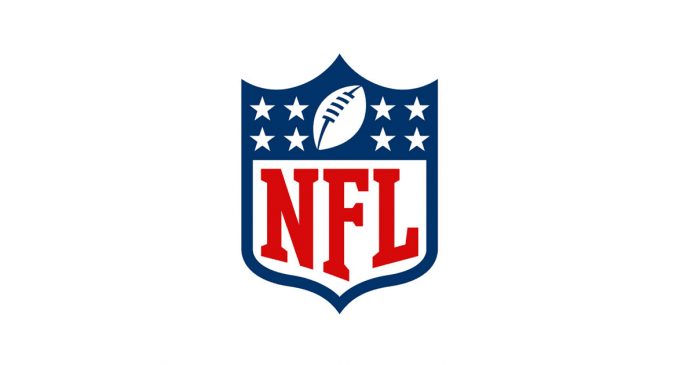Sports Column: Return of the NFL running back

For the past decade or so, the value of the NFL running back has been diminished more and more. Teams started to abandon the one-back system for a running back by committee style of play. In recent years that trend has started to come back around.
With backs such as Le’Veon Bell, Todd Gurley, David Johnson, Ezekiel Elliot and LeSean McCoy, many teams are leaning more on one runner rather than a committee of two or three. Maybe at the end of the year we will be saying the same about rookie running backs Saquon Barkley [New York Giants] and Derrius Guice [Washington Redskins].
Barkley was taken by the Giants in the first round of this year’s draft with the No. 2 overall pick. Many analysts such as Mel Kiper Jr. and Todd McShay have stated for years that it is not worth taking a running back in the first round unless he is a sure fire hall of famer. Barkley looks the part; now lets see if he can produce as he did at Penn State.
For me, as a diehard football fan, to witness the devaluing of the running back was shocking as I grew up in the 1990s when every team seemed to have or be on the lookout for a stud running back to carry the ball 20-plus times in a game. Backs like Barry Sanders, Emmitt Smith, Marshall Faulk, Terrell Davis, Thurman Thomas and Jerome Bettis ruled the decade, and most of their teams were very successful as a result.
As the league has translated more to a passing league, the need for a workhorse runner seemed to fade away for most teams. It seems like now teams are looking at multiple running backs that can all fill a specific role.
I’m not sure whether some teams have abandoned that train of thought, but I am glad to see the running back seemingly holding more value than in years past.
I think college football is mostly to blame for the current situation many running backs face. Many college teams have transitioned to a spread formation, with the quarterback in the shotgun. When this is the case, the running back does not have the opportunity to take traditional handoffs from the quarterback coming from under center as most teams do in the NFL.
Luckily for us, there are some college programs that still use formations such as the I formation or a single-back set, which allows the runner to better survey the defense prior to the snap. Runners such as Bell, Elliot and Barkley come from programs that still love to run the ball, Ohio State, Penn State and Michigan State, respectively.
High school and college players are noticing what the NFL scouts are looking for. They see that not only do you have to be a skilled runner and blocker, but also a catcher because catching the ball out of the backfield is now mandatory because of the matchup problems it creates for the defense.
Out of the top five running backs taken in this year’s draft, four of them are either capable or above average catching the ball out of the backfield. That is a trend that I assume will continue going forward.
The 2017 draft was probably a better example than even this year. In 2017, we say Dalvin Cook, Leonard Fournette, Joe Mixon, Alvin Kamara, Kareem Hunt and Christian McCaffery all made dynamic contributions to their teams. Hunt, Fournette and Kamara have already cemented themselves as bonafide threats in the league. If Cook can recover from his injury, sustained last year, he will more than likely join the list.
For me, this is a welcomed sight to have so many running backs to talk about. The days of a running back routinely carrying the ball 20 times in the game may be on its way back. I am not going to hold my breath, though, as these NFL offensive coordinators are practically geniuses in the way they can scheme an offense.
















